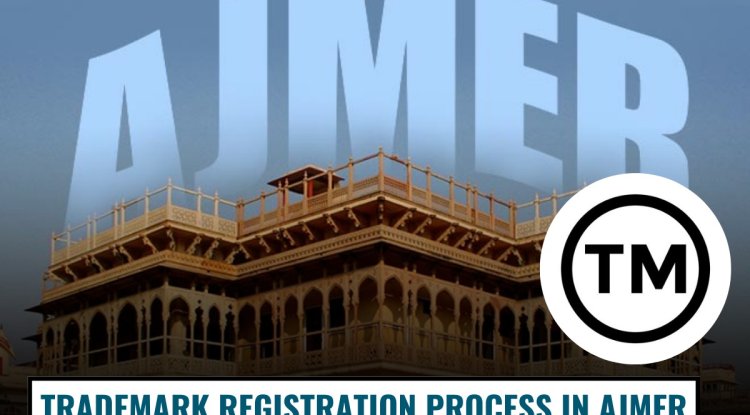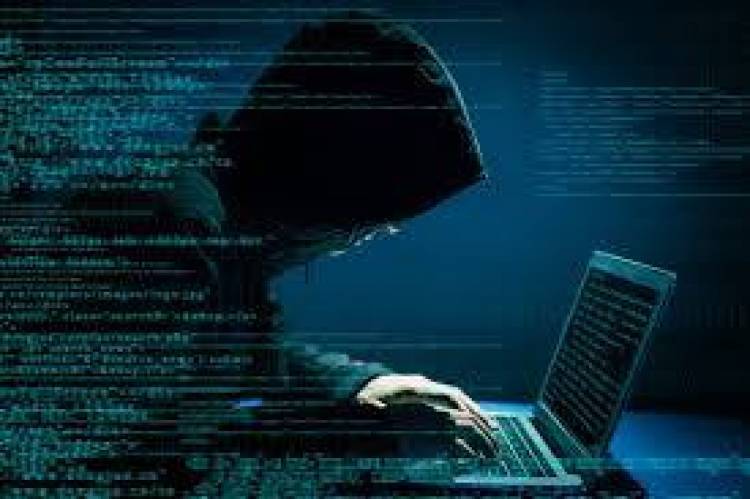GOOGLE V. ORACLE: THE FAIR USE DEBATE

Introduction
The biggest IP fight before the U.S Supreme court in recent times has come to an end on 5th April 2021, with Google emerging victorious. The lawsuit, which started in August of 2010 and was called the "smartphone wars" by the media. The case has thrown copyright laws and the fair use doctrine into disarray, necessitating new interpretations. The decision of the United States Supreme Court in a long-running legal dispute between Alphabet Inc.'s Google and Oracle Corp shed light on the issue of how much an artistic work must be changed to prevent violating copyright laws.
SUBJECT MATTER OF THE CASE
The unauthorized use of over 37 packages or 11,500 lines of the Application Programming Interface (API) of Oracle’s Java programming language in designing Google's Android framework was the focus of this long-running event. API stands for application programming interface, and it is a software interface that enables two programs or applications to connect.
With millions of professional programmers, Java is a common language. When Google created the Android platform, it aimed to make it as easy as possible for software developers to use it. As a result, it chose Java as the programming language. The only issue is that Oracle demanded a huge Royalty, so Google rewrote the entire language, including the features of thousands of functions. By copying the declaratory methods is stored in the Java libraries, Google had effectively replicated the order and structure of the actual code.
CASE BACKGROUND
Even though the court admitted that Google had infringed on Oracle's API rights in the original suit for copyright infringement brought by Oracle in 2010, the District Court for the Northern District of California ruled that the subject matter was not copyrighting in the first place.
The case was then appealed by both parties to the United States Court of Appeal for the Federal Court, and in 2014, the Federal Court ruled that only because the API performed functions did not mean it should not be granted copyright protection, overruling the District Court's earlier order, but the matter was referred to District Court on this issue of fair use. In the Second District Court trial, which began in 2016, The jury unanimously agreed with Google's argument on whether Google's action was acceptable under Fair Use. Oracle appealed in the Federal Court, where the prior ruling of the second District Court trial was reversed in Oracle's favor because Google's API copying was too comprehensive to be considered fair use; the matter was submitted to the District Court for damages.
Google filed a writ of certiorari with the Supreme Court, addressing the issues of copyrightability and fair use. After the first Federal Court order in 2014, the Supreme Court declined to admit the writ of Certiorari but issued a hearing the second time around.
ISSUES OF THE CASE
The issues, in this case, include if the copyright protection applies to software and if the petitioner use is fair use of software interface in developing a new program.
According to Article 17 of the United States Copyright Laws Section 107, the American interpretation and application of this doctrine of fair use is based on the four factors which include, the intent and character of the use, the quality of the copyrighted work, the volume and substantiality of use, and market harm to copyrighted work. Although none of these variables can be taken at face value, the fair use factorization does heavily depend on them.
The Court implicitly agreed with Oracle on this issue because fair use only applies if the underlying work is protected by copyright; the majority also recognized that computer programs, like the declaring code at issue here, are “subjects of copyright” in some ways. The majority focuses its opinion on an examination of the 17 U.S.C. 107 fair use factors, concluding that each one favors Google.
In this decision, the Court considers fair use to be a mixed matter of fact and law, stating that the nature of the work at issue favors fair use because the copied lines are essentially inseparable from the non-copyrightable idea in the API. As a result, undermining the copyright rights protection given to computer programs is difficult. Considering the purpose and character of the use, the most significant question is whether the use was transformative, i.e., “does it incorporate something innovative with a further aim or distinct character,” and the Court determined that Google wanted to build a task-based solution for smartphones' diverse computing environments.
In addition to this, the copied amount part is so little, i.e., The declaring code for 37 Sun Java API packages, totaling approximately 11,500 lines of code, was copied by Google, which is way less than of overall Java API. When considered separately, the majority agreed that there would be a lot of copying. However, the majority chose not to view it in isolation. Instead, when determining that this aspect favored Google, they took into account the millions of lines that Google did not copy.
The majority did not agree about the business impact of Google's copying by calculating how much money Oracle lost as a result of it. Instead, the majority emphasized Oracle's lack of success in the smartphone industry, contrasting it with Oracle's contention that Google's copying harmed it.
Considering all the factors, the Court concludes that Google was well within the fair use doctrine when it copied the API code. The Court stated that this ruling would not affect its previous fair use doctrine decisions. Instead, it offers a structure and research guide for the specific issues and situations that occur when copyrighted computer code is used by other developers and companies.
Notably, the Court did not rule on whether the declaring code is copyrightable on its own but did rule that using a limited percentage of code to create the Android API was acceptable in the context of Google. Even though the Court did not change any of its existing equal doctrine proceedings, this judgment clears the way for developers to continue using APIs without fear of severe consequences of liability of copyright infringement.
References:
-
https://blog.ipleaders.in/google-v-oracle-fair-use-debate/#Introduction
-
https://www.natlawreview.com/article/supreme-court-issued-google-v-oracle-copyright-decision
By y Srija Purimetla












